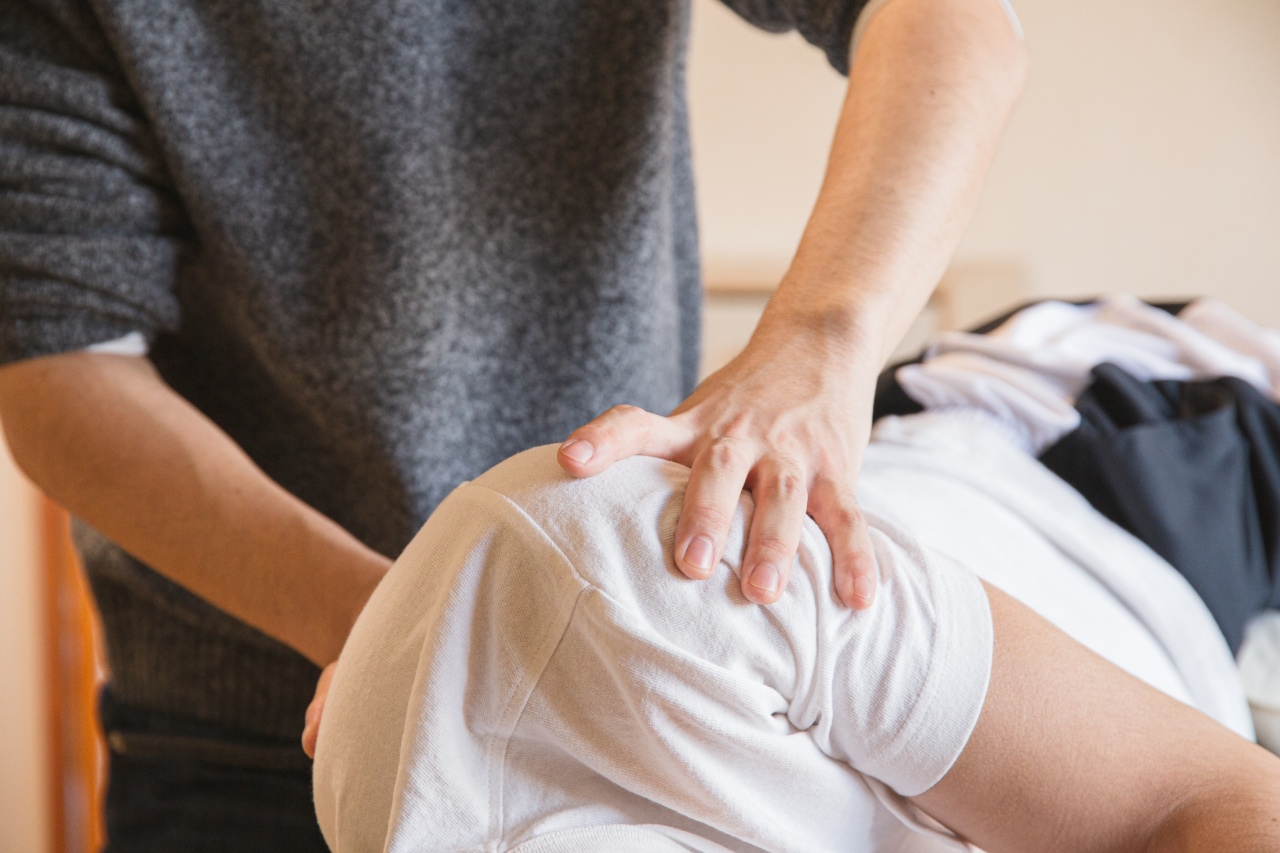Shoulder tendon ruptures are a common injury that can be painful and limit the function of the affected shoulder. Traditional treatment options for this condition include physical therapy, rest, and in severe cases, surgery.
However, recent advancements in medical technology have introduced a promising alternative treatment known as Platelet-Rich Plasma (PRP) therapy. This article will explore what PRP therapy is and how it can be used to effectively treat shoulder tendon ruptures.
What is PRP therapy?
Platelet-Rich Plasma (PRP) therapy is a regenerative procedure that utilizes the patient’s own blood to promote healing and tissue repair.
The procedure involves drawing a small quantity of blood from the patient, which is then processed to separate the platelet-rich plasma from other components of the blood. The concentrated plasma is then injected into the injured area, where it stimulates the body’s natural healing response.
How does PRP therapy work?
The platelets in our blood are responsible for clotting and initiating the healing process. They contain numerous growth factors and cytokines that play a crucial role in tissue repair and regeneration.
When PRP is injected into an injured area, it provides a high concentration of these growth factors, stimulating the body’s natural healing mechanisms.
PRP therapy not only accelerates the healing process but also improves the quality of tissue repair.
The growth factors present in the platelet-rich plasma promote the proliferation of fibroblasts, which are responsible for producing collagen, a fundamental component of healthy tendons. By enhancing collagen production, PRP therapy helps repair and strengthen damaged tendons, reducing the risk of re-rupture.
The effectiveness of PRP therapy for shoulder tendon ruptures
Several studies have investigated the efficacy of PRP therapy for treating shoulder tendon ruptures, and the results have been promising.
One study published in the American Journal of Sports Medicine showed that patients who received PRP injections experienced significant improvement in pain and shoulder function compared to those who underwent traditional treatment methods alone.
Another study published in the Journal of Shoulder and Elbow Surgery found that PRP therapy not only improved the healing of damaged tendons but also reduced the likelihood of requiring surgical intervention.
The researchers noted that PRP injections can be particularly beneficial for patients who are not eligible for surgery or wish to explore non-invasive treatment options.
The PRP therapy procedure for shoulder tendon ruptures
The PRP therapy procedure for shoulder tendon ruptures typically involves the following steps:.
- Consultation: The patient meets with a healthcare provider who specializes in regenerative medicine to assess the severity of the injury and determine if PRP therapy is an appropriate treatment option.
- Blood draw: A small sample of the patient’s blood is drawn from the arm, just like a routine blood test.
- Centrifugation: The blood sample is placed in a centrifuge machine, which separates the platelet-rich plasma from the rest of the blood components.
- Injection: The concentrated platelet-rich plasma is then injected directly into the injured shoulder tendon under ultrasound guidance to ensure precise placement.
- Recovery and follow-up: After the procedure, the patient is usually advised to rest the affected shoulder and avoid strenuous activities for a certain period. Depending on the severity of the injury, follow-up appointments may be scheduled to monitor the progress and determine if additional PRP injections are necessary.
Benefits of PRP therapy for shoulder tendon ruptures
PRP therapy offers several advantages over traditional treatment methods for shoulder tendon ruptures:.
- Non-surgical: PRP injections provide a non-surgical alternative for patients who wish to avoid surgery or are not eligible for it.
- Faster healing: The growth factors present in PRP accelerate the healing process, allowing patients to recover and regain shoulder function more quickly.
- Reduced risk of complications: PRP therapy is a minimally invasive procedure, which lowers the risk of complications associated with surgical interventions.
- Long-lasting results: By stimulating tissue repair and collagen production, PRP therapy promotes long-term healing and reduces the risk of tendon re-rupture.
- Minimal downtime: PRP injections require minimal downtime, allowing patients to resume their daily activities sooner compared to surgery.
Potential side effects of PRP therapy
While PRP therapy is generally considered safe, some potential side effects may occur. These can include temporary pain or discomfort at the injection site, swelling, bruising, or infection. However, serious complications are rare.
Conclusion
Platelet-Rich Plasma (PRP) therapy is an innovative treatment option for shoulder tendon ruptures that aims to promote healing and tissue repair.
With its ability to accelerate the healing process, increase collagen production, and reduce the risk of re-rupture, PRP therapy offers a promising alternative to traditional treatment methods. However, it is essential for patients to consult with a healthcare professional specializing in regenerative medicine to determine if PRP therapy is suitable for their specific case.































